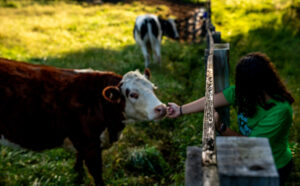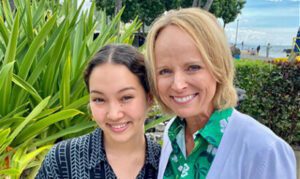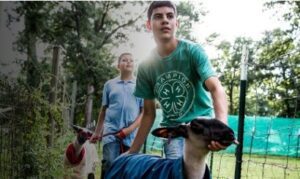- Gordon Gee, President of West Virginia University
- Stephen M. Gavazzi, Professor of Human Development and Family Science at Ohio State University
- Karen J. Pittman, President and Chief Executive Officer of The Forum for Youth Investment
The joint interview is a follow up to the 2018 book “Land-Grant Universities for the Future: Higher Education for the Public Good,” and its discussions on the impact of Cooperative Extension as well as land-grant universities’ connections with the community.
Here are a few highlights from the article:
The EvoLLLution: What are some of the challenges that universities typically face when it comes to creating accessible and relevant programming for K-12 learners?
Gordon Gee: One of the biggest problems is that universities largely have become disconnected from public education. Some of this disconnect has come about through arrogance. Here, universities are operating under the assumption that they can simply sit back and wait for the K-12 system to do its work before receiving its students for a final round of educational polish. Universities should be actively creating relationships and partnerships with public educators. In fact, they should be getting back into the business of creating laboratory schools, especially regarding the development of innovative models that unite educators from campuses and communities in the common purpose of educating our youth.
How does the mission and work of 4-H align with land-grant universities and their Cooperative Extension Services?
Stephen Gavazzi: 4-H is a program run by Cooperative Extension Services, and Extension was established through the Smith-Lever Act of 1914, the third of three major congressional actions that formed the basis for our three-part land grant mission. Land-grant institutions must transcend the urban-rural divide by focusing on what is good and right for all our nation’s communities, regardless of their geographic location. Cooperative Extension Services in general and 4-H programming more specifically must help land-grant universities achieve that objective. In 1914, undoubtedly there was a major focus on rural youth and more agriculturally based activities. In our modern era, we are witnessing some significant growth in 4-H programming that reaches youth in more urbanized locations. For that reason, 4-H now represents one of the land-grant university’s best efforts to connect the urban-rural divide.
Why is 4-H programming relevant in the 21st century?
Jennifer Sirangelo: One of the most important roles that 4-H plays today is in working alongside the nation’s public school system. As an organization founded by educators, 4-H knows schools cannot do it alone. Across the U.S., 4-H is able to support and enhance what is happening in the classroom through hands-on leadership experiences that are proven to develop their skills and ability to lead. This kind of leadership development has always been important to our country’s well-being, but we believe this work is even more relevant now. We need leaders who engage others, who have confidence in their own abilities, who think about the needs of others and are giving back to their communities. The role of 4-H is to the develop community members who are civic-minded individuals with valuable strengths and real influence to improve the world around us.
How can land-grant universities and Cooperative Extension Services better support 4-H programming in the years to come?
Karen Pittman: I would take this back to the fact that Cooperative Extension Services exists inside of land-grant universities that have made a commitment to increased diversity. And I would encourage these universities to hold themselves numerically accountable. To not only make these verbal commitments, but to begin to discuss where they are and where they are not making progress by referring to data that has been gathered about various efforts to make themselves more diverse. That would include evaluative information about activities inside of Extension efforts in general and more specifically within their 4-H programming.
Visit EvoLLLution.com to read the feel interview!
















